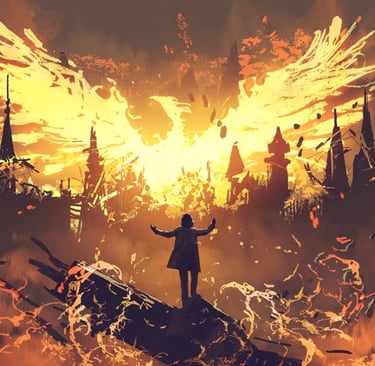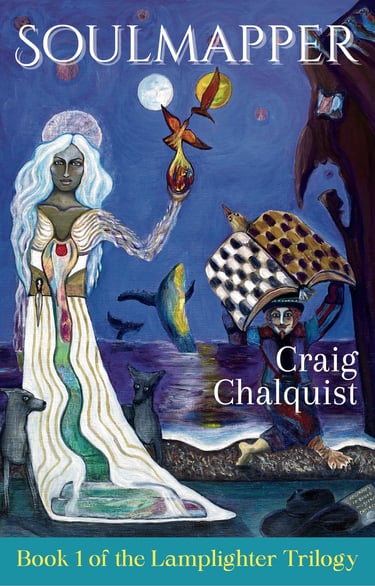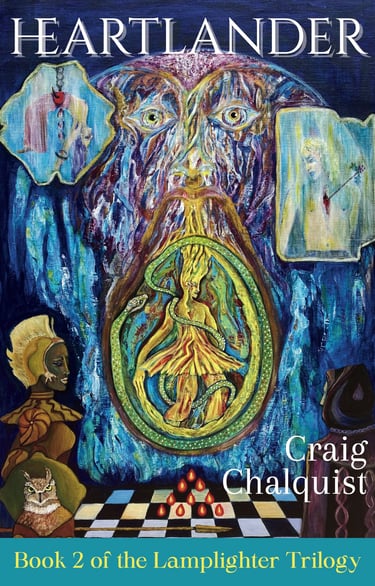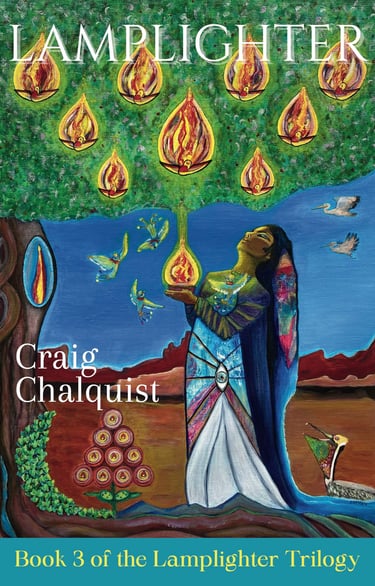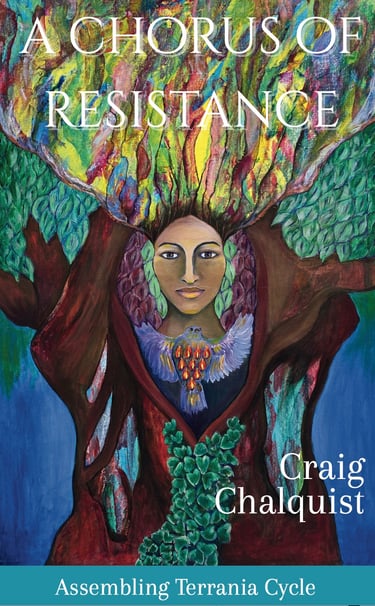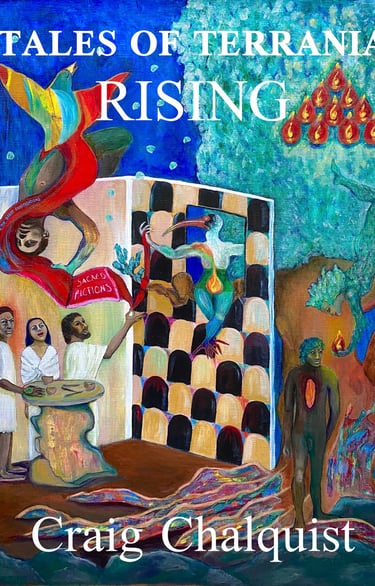NEWS: The online community Lampcove now has an Assembling Terrania Cycle circle (under Transformative Arts Discussions)
The Lamplighter Trilogy
Available in ebook and paperback on multiple platforms.
Cover art by visionary artist Carmen Sorrenti.
Amazon (ebook, audio, paperback)
Barnes & Noble (ebook, paperback)
Google Play Books (ebook)
Apple Books (ebook)
Draft2Digital (ebook)
BookFunnel (ebook)
Kobo (ebook, paperback)
Amazon (ebook, audio, paperback)
Barnes & Noble (ebook, paperback)
Google Play Books (ebook)
Apple Books (ebook)
Draft2Digital (ebook)
BookFunnel (ebook)
Kobo (ebook, paperback)
Amazon (ebook, audio, paperback)
Barnes & Noble (ebook, paperback)
Google Play Books (ebook)
Apple Books (ebook)
Draft2Digital (ebook)
BookFunnel (ebook)
Kobo (ebook, paperback)
Goodreads author page - Amazon author page
Subscribe to my newsletter to keep up with book releases and interviews
Story Collections
Available in Kindle, paperback, pdf, or epub.
Download annotated PDF
Amazon (ebook, audio, paperback)
Barnes & Noble (ebook, paperback)
Google Play Books (ebook)
Apple Books (ebook)
Draft2Digital (ebook)
BookFunnel (ebook)
Kobo (ebook)
Amazon (ebook, audio, paperback)
Barnes & Noble (ebook, paperback)
Google Play Books (ebook)
Apple Books (ebook)
Draft2Digital (ebook)
BookFunnel (ebook)
Kobo (ebook)
Interview with the Artist
An interview with visionary artist Carmen Sorrenti, who provided the cover art for my Lamplighter Trilogy (see chalquist/fiction) and who is working on covers for the three short story collections. We spoke about her creative process, the importance of dreams, the prevalence of myths and archetypes, and a number of other fascinating artistic dynamics.

The fantasist, whether he uses the ancient archetype of myth and legend or the younger ones of science and technology, may be talking as seriously as any sociologist—and a great deal more directly—about human life as it is lived, and as it might be lived, and as it ought to be lived.
– Ursula K. Le Guin
…Stories can be so healing; art is so healing; and I think that when you have a story that shows a picture of a utopian future…I think that having a vision of it can help you actualize it.
– Sonequa Martin-Green
The Assembling Terrania Cycle
The Assembling Terrania Cycle is a series of fantasy / science fiction / magical realism tales that start with the creation of the cosmos and run through the 23rd century. The Cycle is not yet finished. In it, folkloric beings from cultures around the world make an appearance. My hope is that one day the Cycle will include fabulous beings of folktale, legend, and myth from every society.
The philosophy behind the Cycle is that humans, one of many promising species, are engaged in a grand adventure in consciousness. The goal, waiting ahead in the future, is Terrania: a just, wise, delightful, and Earth-honoring planetary civilization locally rooted and democratically organized. How to get there?
I hope those who read these tales will consider adding creatively to them, whether by writing more of them or using other media. Let’s play our way to Terrania.
The Cycle: Soulmapper (novel), Heartlander (novel), Lamplighter (novel), Tales of Terrania Rising (stories), A Chorus of Resistance (stories), Dreamvale Tributes (stories in progress), A Trio of Outliers (novellas in progress), Mariam Najjar's Book of Beginnings (in progress). Although Tales comes fourth, I wrote it first and you can read it first. Besides, it's free.
Fun stuff to go along with the stories and novels.


